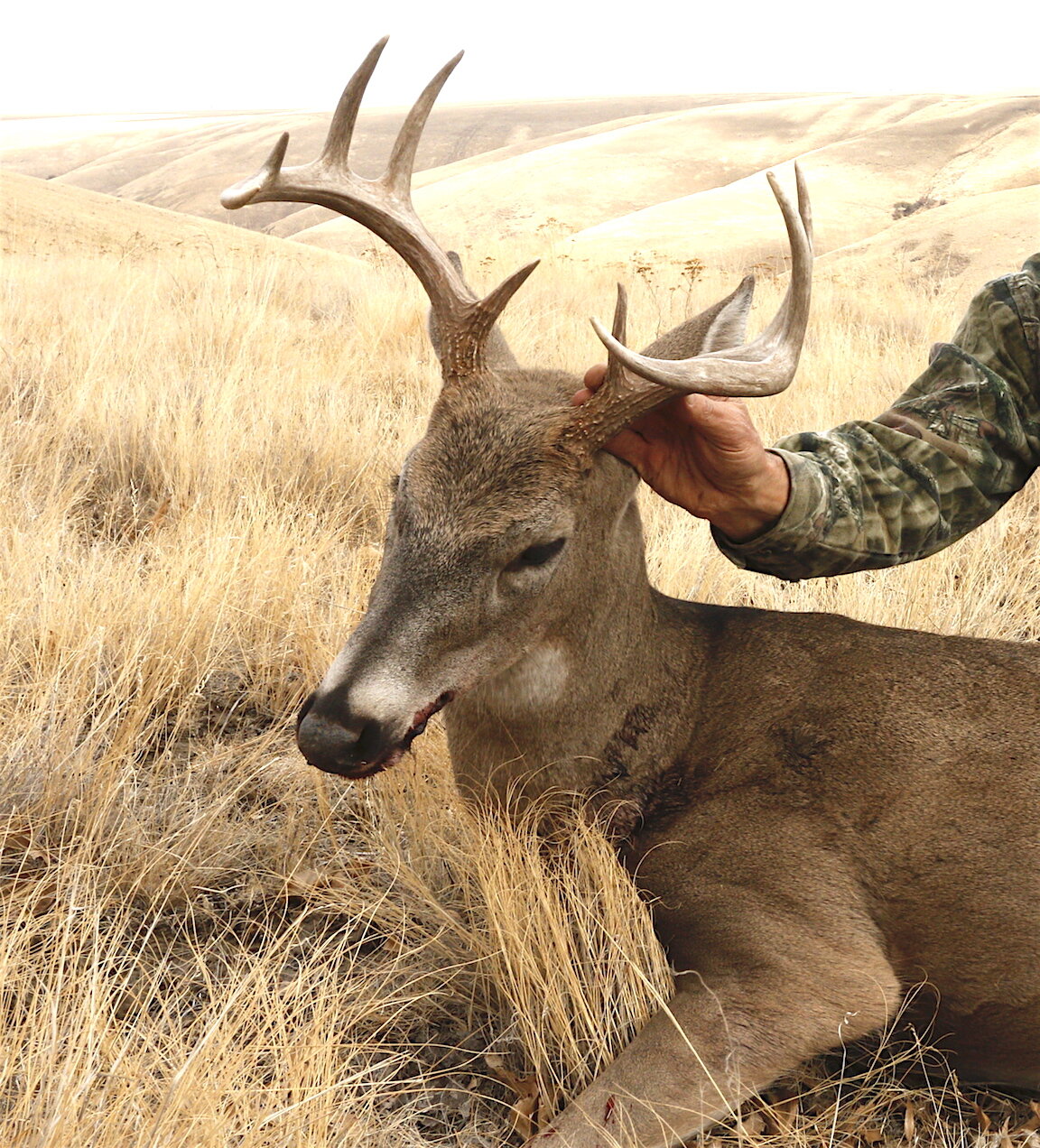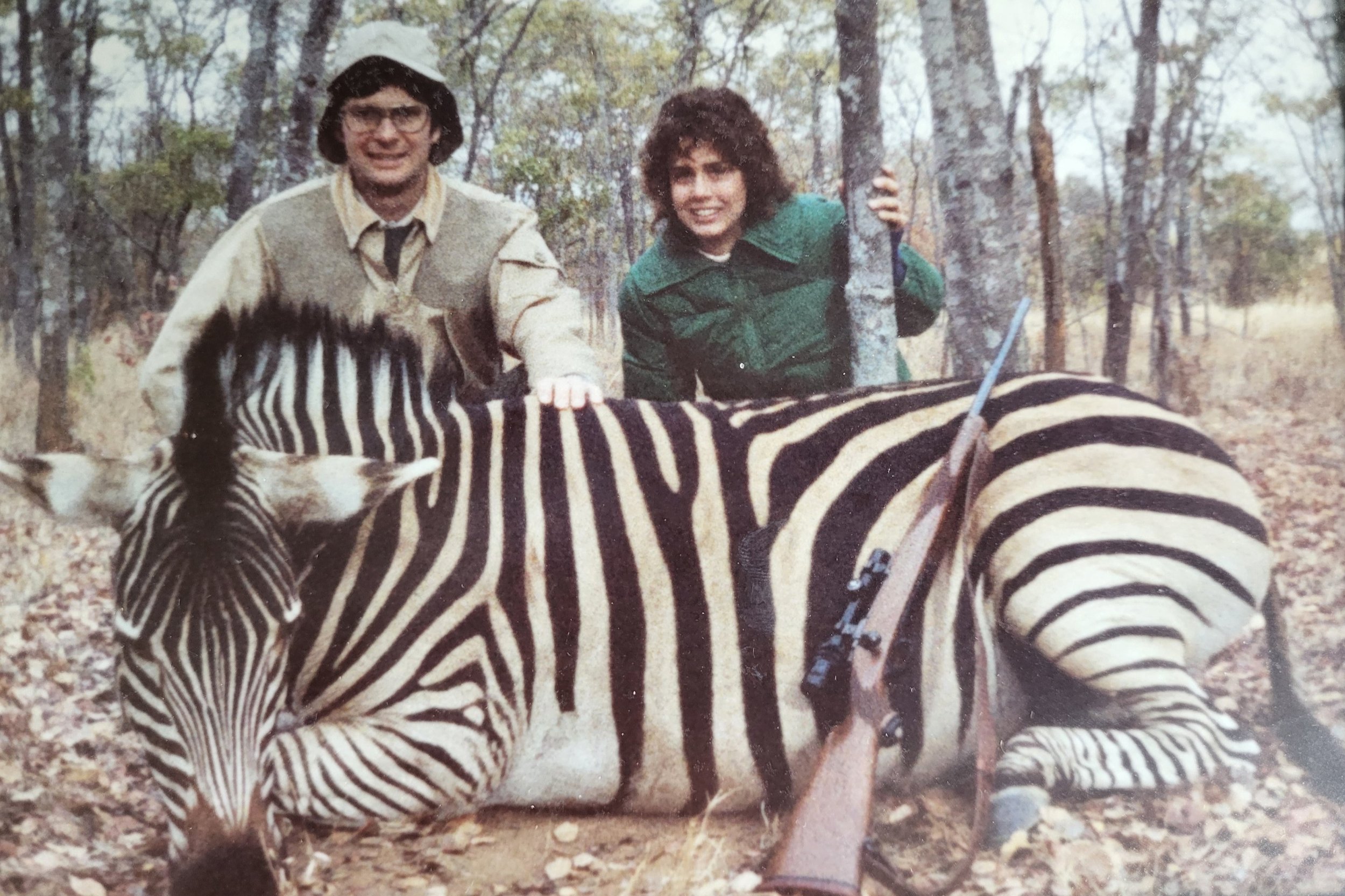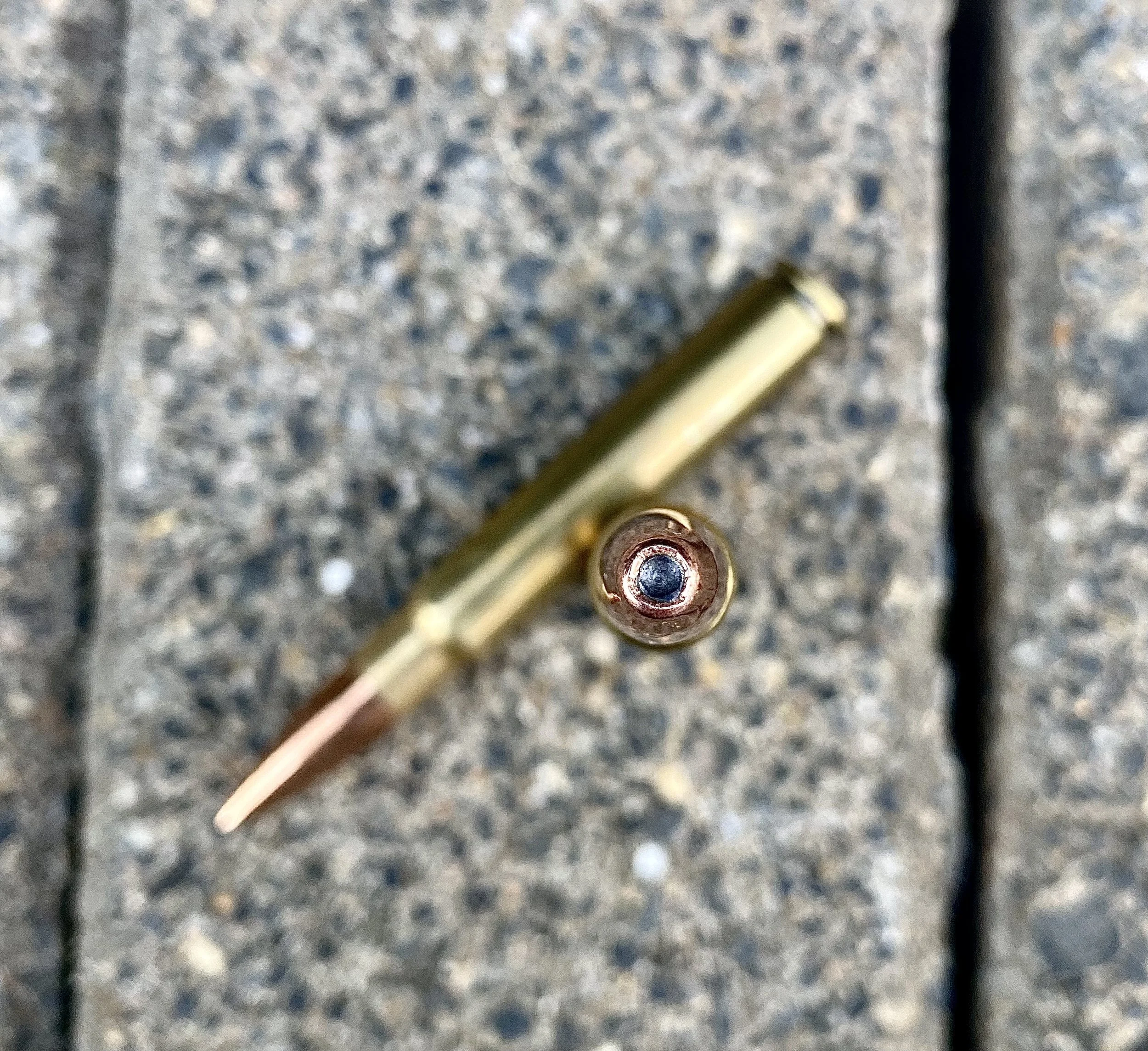7 Reasons Why Culling Bucks Doesn't Work
Culling bucks doesn't work.
Shooting "cull bucks" to improve the antler configuration in a wild herd of whitetails, elk or mule deer is a popular exercise -- but a waste of time. A better way to produce bucks and bulls with big antlers is to NOT shoot young bucks, regardless of antler size.
This buck might have had the genetics to grow large antlers, but taking him to dinner at age 2.5 years ensured we'd never find out.
Top 7 Reasons Why Culling Bucks Doesn't Work
The "culling bucks" myth has become a near religion in recent years, but here are seven reasons why culling is largely useless.
Female deer contribute at least 50% to the genetics of any fawn. How do you identify and cull the does that birth male fawns that will only show their inferior antlers three or four years later?
During sport hunting seasons buck/bull harvest may impact 10% to perhaps 25% of the male segment of a herd, leaving at least 75% of bucks untouched. How many of that 75% carry (and spread) genes for inferior antlers?
During many firearms seasons, when the bulk of buck harvest occurs in most states, much of the annual breeding is already done. Weak-antlered buck genetics have already been passed on.
Among most deer species, 10% to 30% of young bucks disperse into new ranges. What is to stop inferior antler genes from moving into your cull zone?
How many other hunters in your area are religiously culling bucks? Even if every licensed hunter took out a cull buck with weak antlers, that would still leave about 74% of the buck population untouched.
Each fall about 50% of surviving fawns are bucks. They are carrying whatever genes their sire and dam gave them. They will be breeding for the next two or three years before they begin to show whether their antlers are inferior or superior, according to our standards.
How accurately do hunters age bucks before shooting? Until a buck is fully mature, it really doesn't show its true antler growth potential. Culling bucks when they're just two- or three years old (because their antlers look inferior) is like shooting pheasants before they can fly.
Much as I wish it were otherwise, culling bucks in the wild is a waste of time. So let's concentrate, instead, on a management tool already proven to improve the average antler size of harvested bucks in wild herds.
Not many could resist trying to collect a rack like this, but the slim body and neck suggest this is still an immature buck with potential for growing much larger antlers in another year or two.
An Effective Alternative to Culling Bucks
Antler shape and size are products of genetics, health, nutrition, minerals and age. Of these five, age is the "missing link" in most hunting zones. More than genetics, age contributes to the kind of heavy antlers many whitetail hunters want to see. Biological studies have repeatedly shown that bucks under the age of 4.5 years have not and cannot grow their largest antlers. Until age 4.5, they are still growing their bones and muscle mass. Only when body growth is largely finished can they devote nutritional resources toward maximum antler growth. Even young deer with spikes or puny 4x4 racks may have the potential to grow massive, tall, wide antlers at age 4.5 and beyond. So don’t shoot the young ones.
There is no guarantee any 4.5-year-old or older buck will grow trophy antlers, but it will have at least reached its potential. At that point, with adequate nutrition, minerals and good health, a buck's genetics will be revealed. For the rest of its life it will likely always grow a similar rack. This might be a narrow 3x3 with long tines, a wide 4x3 with short tines or a 4x5 with no brow tines... This mature buck's genetics mark him as the type you might want culled from the herd. Go ahead and take him out. But don't fool yourself. His poor antler potential could have been bequeathed to him by his mother, and she could be that big doe with the torn left ear you see in the northeast corner of the hay field with twin fawns most summer nights. And don't forget, by age four your 3x3 cull buck has probably already bred 8 or 10 does and passed on his genetic legacy.
What size antler's will this doe's buck fawn eventually grow? It will need at least 4 more years to determine.
So, targeting fully mature bucks is the proven way to produce larger antlers in any wild herd. Great. But how do we do this? How do we accurately identify mature bucks? They don't walk around with their birth dates branded on their sides. No. But they do show old age characteristics in their bodies. In an upcoming blog, we’ll list the physical traits to look for in an older-age deer. Study, practice and hone this skill and you'll be prepared to positively impact antler size in the wild deer you hunt.
Conclusion
Instead of clinging to our myth of culling bucks, we should shoot onlymature bucks and bulls if we are interested in large antlers. If we want venison only, never mind. Stated simply, the easiest and most effective way to increase the numbers of bucks with larger antlers in our wild deer herds is:Don’t shoot young deer with more potential than antlers. If you want to read more on this topic, the Quality Deer Management Association has a solid article on why we can't manage wild deer genetics right here.
There's a lot of genetic potential in this lively herd, but it will take at least 4 years to see it in any antlers.
Ron Spomer is the creator of the phone app Everything Whitetail. It contains information like this and "tons more" in an easy-to-read format. Find it at the app store. Spomer has been studying, photographing, hunting and writing about North American deer for 40 years. His work appears regularly in a variety of magazines including American Hunter, Sporting Classics, Sports Afield, Deer & Deer Hunting and many others.
















